RobotLAB Blog
Everything You Need To Know About Robotics in Businesses
RobotLAB, America's Exclusive SoftBank Robotics Distributor, to Cover Middle East, Asia, and the Pacific
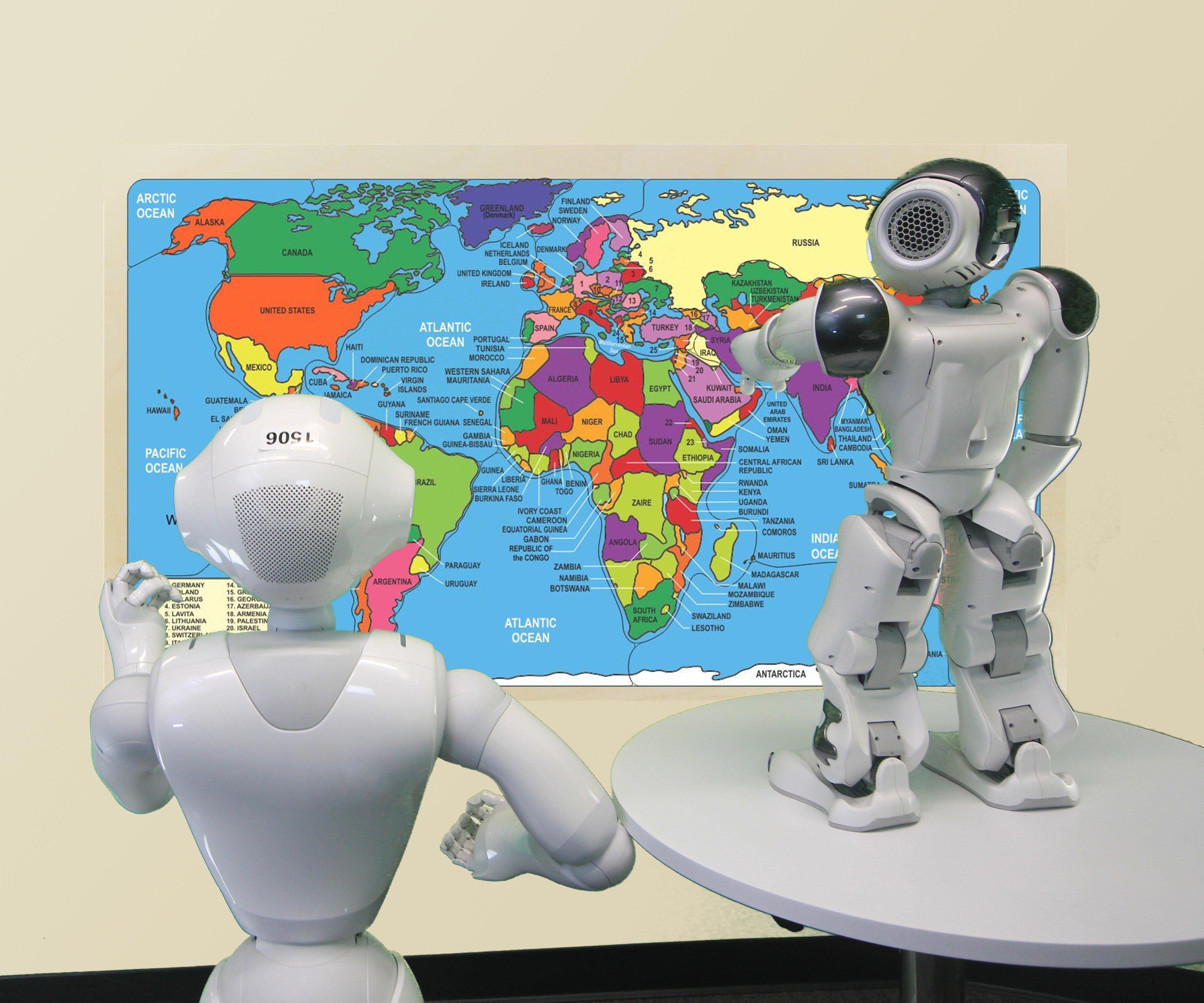
RobotLAB Inc. the world's leading educational and business robotics integrator has entered an agreement with SoftBank Robotics to expand the distribution territory from the Americas to Asia, the Middle East, and the Pacific.
- 0 Comments
- Nov 10, 2021 2:30:00 PM
- Posted by Maria Alejandra Calcetero
- Topics: Robotics, EdTech, STEM, Education, code, 21st Century Classroom, Special Education, Artificial Intelligence, data literacy, Coding, Robots,, students, programming, Technology, VR, Realidad Virtual, STEMchat, Edchat, AI, k12, Virtual Reality, virtual learning, classroom, Inteligencia Artificial, Literacy, STEM literacy
What Educators Should Know About Too-Good-To-Be-True Software Prices?
By Devin Partida

Photo by Mimi Thian on Unsplash
If you're a K-12 educator, you know how crucial it is to budget appropriately for spending on class supplies, software, and instructional materials.
You likely need to spend money out of your pocket to account for classroom decor, office supplies like pens and pencils, and other things. Those transactions can add up, leaving you feeling overwhelmed when all you're trying to do is create a welcoming learning environment for your students.
While some schools offer some supplies to their teachers or have the funds to issue reimbursements, not every teacher is lucky enough to reap that benefit. It's only natural for you to try and find workarounds, such as downloading useful learning materials from the internet at a low cost. There are some technologies changing education that you simply cannot do without, and educational software is no exception.
You may want to take advantage of these cheap deals, but have you ever thought about the possible consequences of downloading software from an unknown source?
Let's explore what pirated software is, the consequences of downloading it, and how you can identify some of the warning signs to look out for when using cheap software.
- 0 Comments
- Nov 10, 2021 10:00:00 AM
- Posted by Maria Alejandra Calcetero
- Topics: Robotics, EdTech, STEM, Education, code, 21st Century Classroom, Special Education, Artificial Intelligence, data literacy, Coding, Robots,, students, programming, Technology, VR, Realidad Virtual, STEMchat, Edchat, AI, k12, Virtual Reality, virtual learning, classroom, Inteligencia Artificial, Literacy, STEM literacy
Create a Culture of Learning in Your Classroom
 Photo by Kuanish Reymbaev on Unsplash
Photo by Kuanish Reymbaev on Unsplash
Maybe you’ve witnessed a classroom where the focus on learning is intense.
A hum of excitement resonates in the air, and everyone, the teacher and students alike, goes about their work with a focused purpose. Everyone is engaged. The workflow is fluid. Routines are seamless. The students help each other succeed.
Maybe that classroom is yours.
If it’s not, it can be.
- 0 Comments
- Nov 9, 2021 10:00:00 AM
- Posted by Maria Alejandra Calcetero
- Topics: Robotics, EdTech, STEM, Education, code, 21st Century Classroom, Special Education, Artificial Intelligence, data literacy, Coding, Robots,, students, programming, Technology, VR, Realidad Virtual, STEMchat, Edchat, AI, k12, Virtual Reality, virtual learning, classroom, Inteligencia Artificial, Literacy, STEM literacy
Using Artificial Intelligence To Help Students With Learning Disabilities Learn

Educators can have a challenging time adapting their teaching style to match every student, especially when there are students with learning disabilities in their classroom. A learning disability presents a unique obstacle to traditional teaching methods. It can be difficult in a contemporary classroom for teachers to give students the attention and instruction they really need. Now, they might be able to receive that instruction through the use of artificial intelligence.
Artificial intelligence is rapidly growing more useful by the day. Researchers are developing cognitive systems that can help to support those with disabilities in the unique ways that suit them. These AI programs may be able to present material in a fresh way that can help students to better understand independent of teacher instruction.
- 0 Comments
- Nov 8, 2021 10:00:00 AM
- Posted by Maria Alejandra Calcetero
- Topics: Robotics, EdTech, STEM, Education, code, 21st Century Classroom, Special Education, Artificial Intelligence, data literacy, Coding, Robots,, students, programming, Technology, VR, Realidad Virtual, STEMchat, Edchat, AI, k12, Virtual Reality, virtual learning, classroom, Inteligencia Artificial, Literacy, STEM literacy
Why STEM literacy is critical for our students
By John Wheeler
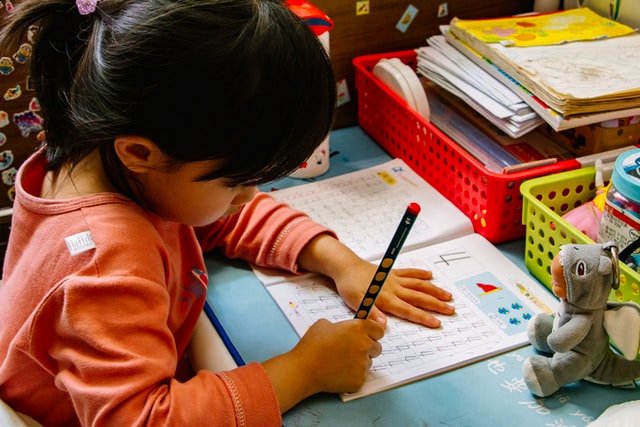 Image source: https://unsplash.com/
Image source: https://unsplash.com/
Developing students’ STEM literacy provides students with the critical skills they will use later in life.
- 0 Comments
- Nov 5, 2021 10:00:00 AM
- Posted by Maria Alejandra Calcetero
- Topics: Robotics, EdTech, STEM, Education, code, 21st Century Classroom, Special Education, data literacy, Coding, Robots,, students, programming, Technology, VR, Realidad Virtual, STEMchat, Edchat, k12, Virtual Reality, virtual learning, classroom, Literacy, STEM literacy
Making the Most of Your EdTech Toolbox
 Image source: https://unsplash.com/s/photos/technology
Image source: https://unsplash.com/s/photos/technology
School leaders should be education technology leaders, ensuring that the resources available to teachers are useful and current.
- 0 Comments
- Nov 4, 2021 10:00:00 AM
- Posted by Maria Alejandra Calcetero
- Topics: Robotics, EdTech, STEM, Education, code, 21st Century Classroom, Special Education, data literacy, Coding, Robots,, students, programming, Technology, VR, Realidad Virtual, STEMchat, Edchat, k12, Virtual Reality, virtual learning, classroom, Literacy, STEM literacy
How To Incorporate 3D Printing Into Any Lesson Plan.
By Matthew Lynch
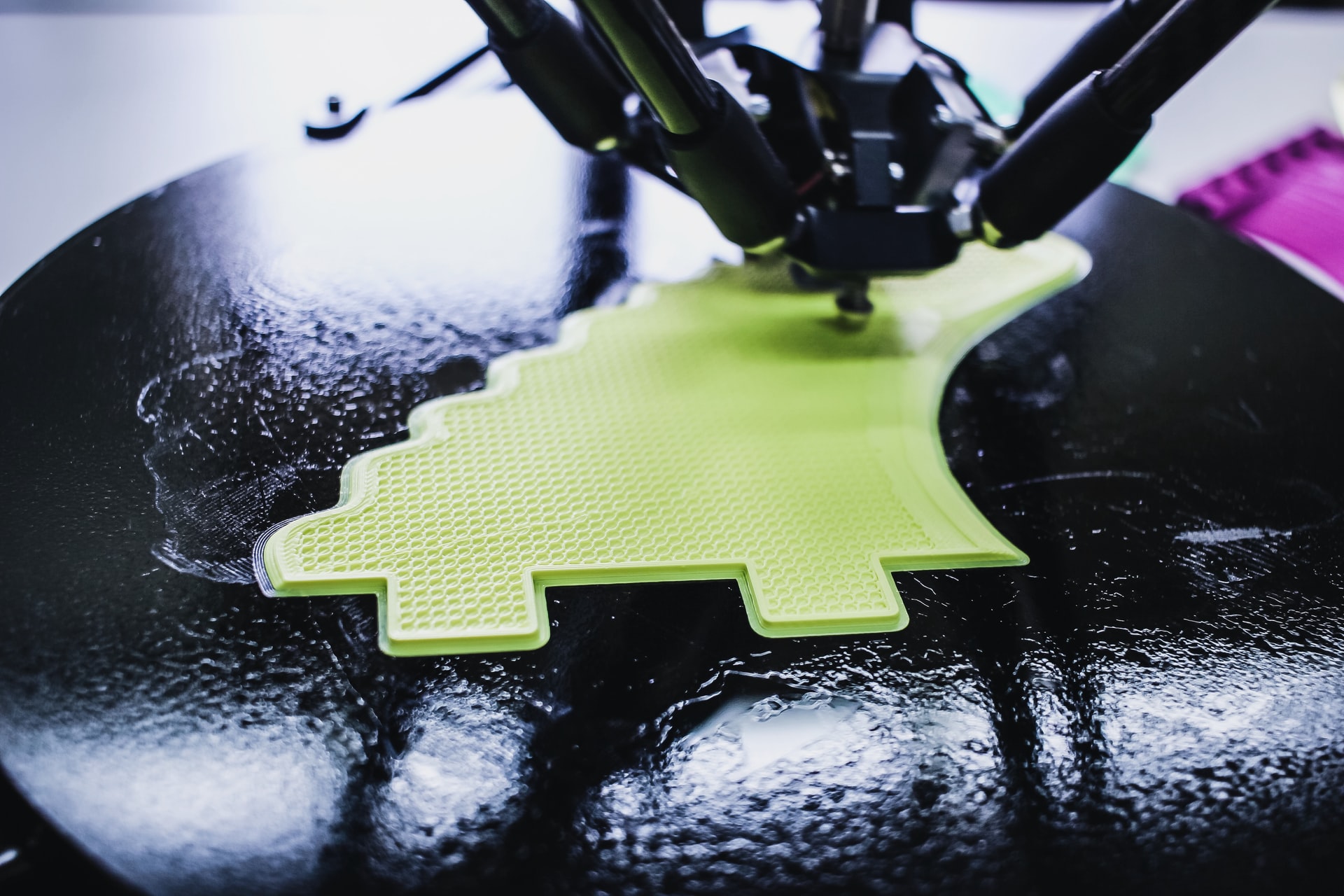 Photo by Inés Álvarez Fdez on Unsplash
Photo by Inés Álvarez Fdez on Unsplash
Software developers and engineers and continuously working to provide schools and educational facilities with new technology. Various apps and tools, such as Pedagogue, have opened plenty of doors for modern-day education since their release.
The 3D printer is yet another new tool that has made considerable advancements in the academic world. This technology can serve various uses in the classroom – for example, many teachers use the printer to make props for specific lessons.
This article will discuss how teachers and other educators can incorporate 3D printing into any lesson plan.
- 0 Comments
- Nov 2, 2021 10:00:00 AM
- Posted by Maria Alejandra Calcetero
- Topics: Robotics, EdTech, STEM, Education, code, 21st Century Classroom, Special Education, data literacy, Coding, Robots,, students, programming, Technology, VR, Realidad Virtual, STEMchat, Edchat, k12, Virtual Reality, virtual learning, classroom, Literacy, STEM literacy
Be VR Ready in 7 Steps – Back-to-school Preparation!
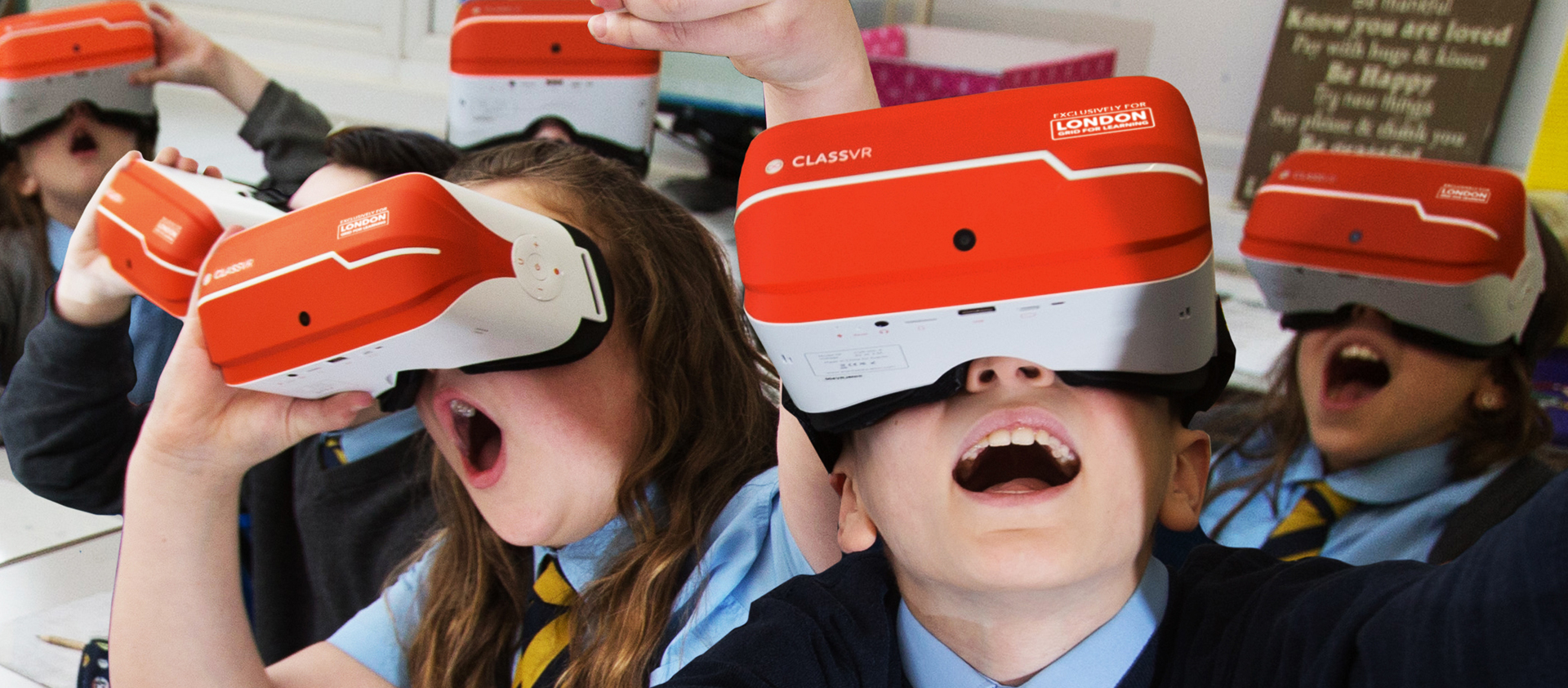 Source Image: Class VR
Source Image: Class VR
Globally there are two types of teachers this time of year, the first is just getting into their summer holiday and enjoying their well-deserved time off, the second has back-to-school preparation at the front of their mind. Whether you’re preparing for a new class or just preparing your classroom, we’ve got 7 steps to make sure you’re prepped and ready to use your ClassVR headsets the first day back – whenever that may be!
- 0 Comments
- Oct 29, 2021 10:00:00 AM
- Posted by Maria Alejandra Calcetero
- Topics: Robotics, EdTech, STEM, Education, code, 21st Century Classroom, Special Education, data literacy, Coding, Robots,, students, programming, Technology, VR, Realidad Virtual, STEMchat, Edchat, k12, Virtual Reality, virtual learning, classroom, Literacy, STEM literacy
Continuing Computer Sciences for Tomorrow’s Youth
By Dan Matthews
 Image Source: Pexels
Image Source: Pexels
Modern advancements in technology and computer science have sparked some amazing societal advancements in the last decade. Among these many great leaps forward, the impact that new technologies have had on education is one of the most profound.
From providing easier access to information to accelerating aspects of the learning process—computer technologies are continually revolutionizing how students learn. This article will explore some examples of new educational technology in action, and provide some tips for teachers looking to integrate some of these advancements into their classrooms.
- 0 Comments
- Oct 28, 2021 10:00:00 AM
- Posted by Maria Alejandra Calcetero
- Topics: Robotics, EdTech, STEM, Education, code, 21st Century Classroom, Special Education, data literacy, Coding, Robots,, students, programming, Technology, VR, Realidad Virtual, STEMchat, Edchat, k12, Virtual Reality, virtual learning, classroom, Literacy, STEM literacy
Why It’s Important to Teach Troubleshooting
By Devin Partida
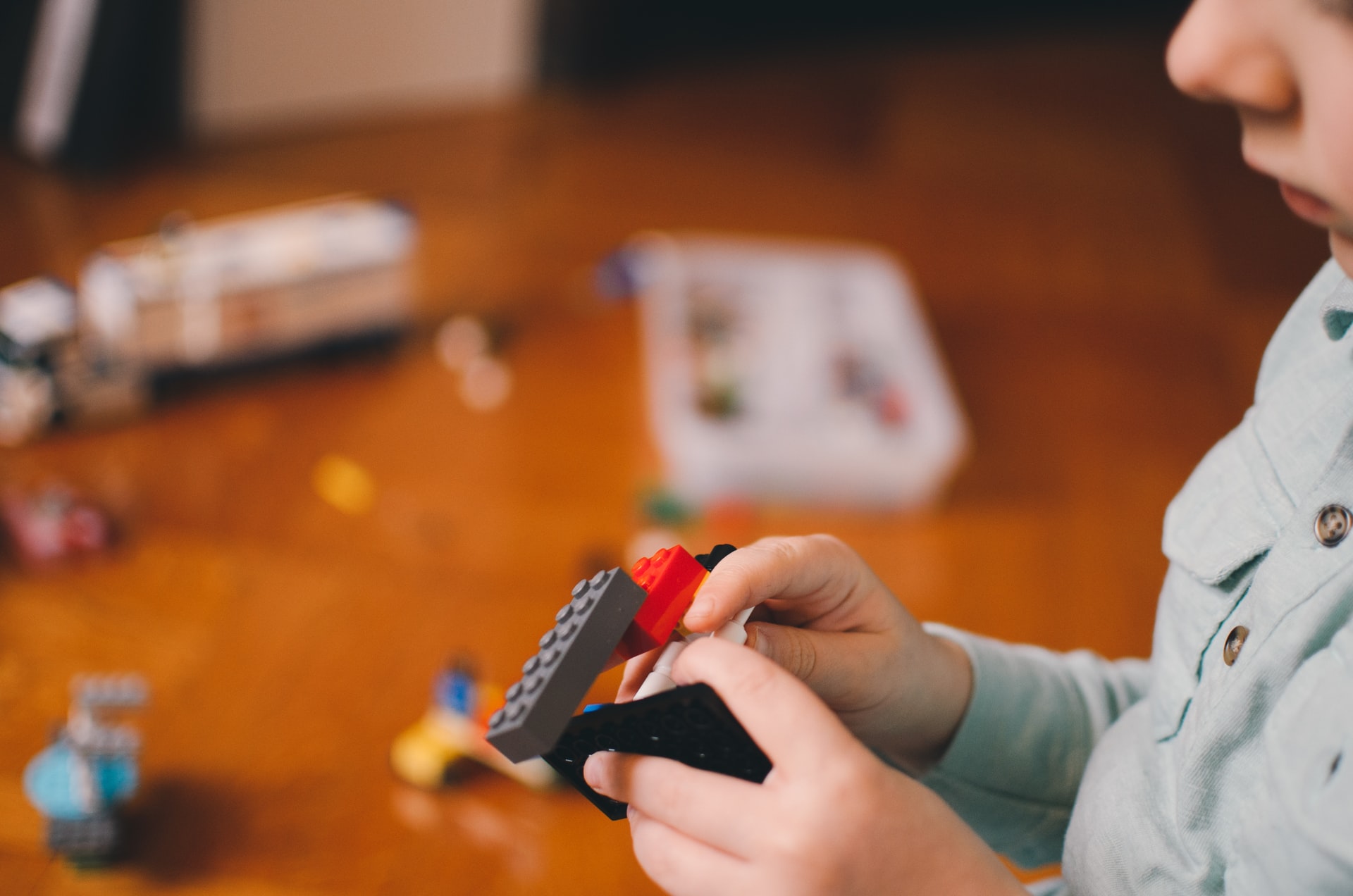 Photo by Kelly Sikkema on Unsplash
Photo by Kelly Sikkema on Unsplash
STEM gets a bad rap. Popular media often typifies computer and math people as emotionless, overly logical, and lacking human warmth.
However, this stereotyped view misses the whole point of what STEM is for and how it operates. STEM courses prepare students to think creatively, develop their curiosity, and build solid troubleshooting skills that make them intelligent and well-rounded individuals.
As a teacher, you already know why you love your field. Sometimes, though, it can be hard to explain why. Here are eight ways STEM benefits students and equips them for real-world challenges.
- 0 Comments
- Oct 27, 2021 10:00:00 AM
- Posted by Maria Alejandra Calcetero
- Topics: Robotics, EdTech, STEM, Education, code, 21st Century Classroom, Special Education, data literacy, Coding, Robots,, students, programming, Technology, VR, Realidad Virtual, STEMchat, Edchat, k12, Virtual Reality, virtual learning, classroom, Literacy, STEM literacy
Relevant Posts
- Augmented Reality: A Tool for Teaching Students Robot Programming
- Fostering Innovation Through Youth Education in STEM and EdTech
- How Parents Can Foster STEM Learning Beyond the Classroom
- How Robotics Cultivates a Deep Understanding of Mathematics in Students
- RobotLAB Receives EDTech Chronicle 2023 ‘BESTIE’ Award for Landmark Partnership with American Samoa Dept. of Education.
Subscribe to Email Updates
-
I Want To Learn MoreADDITIONAL INFORMATION
